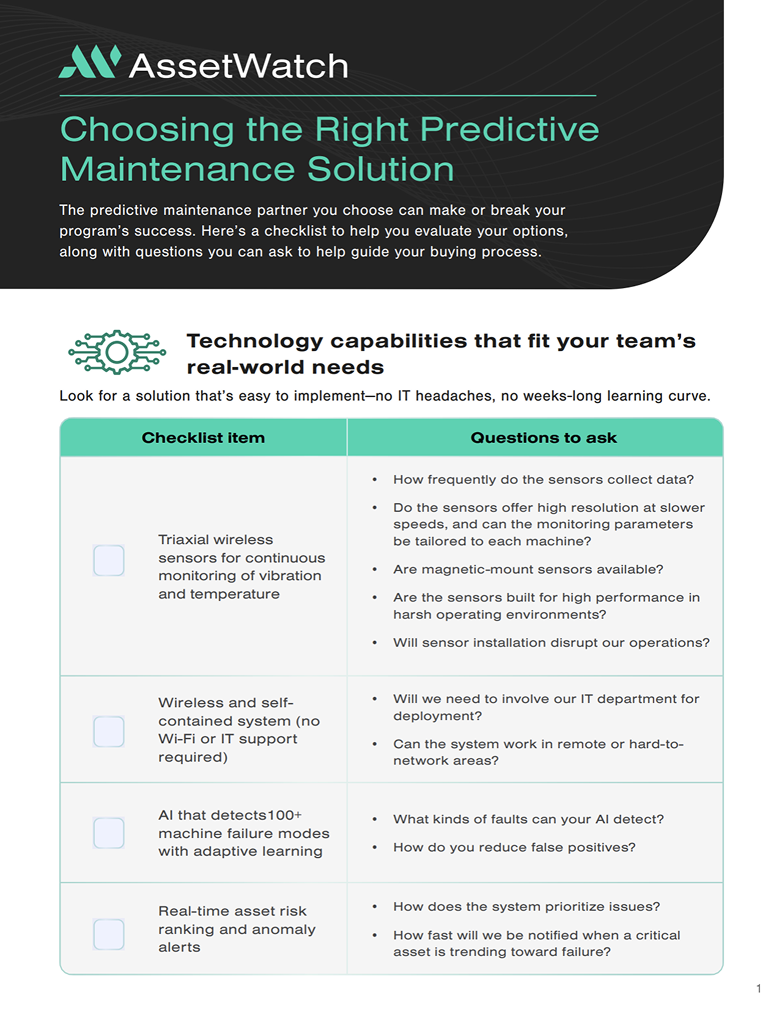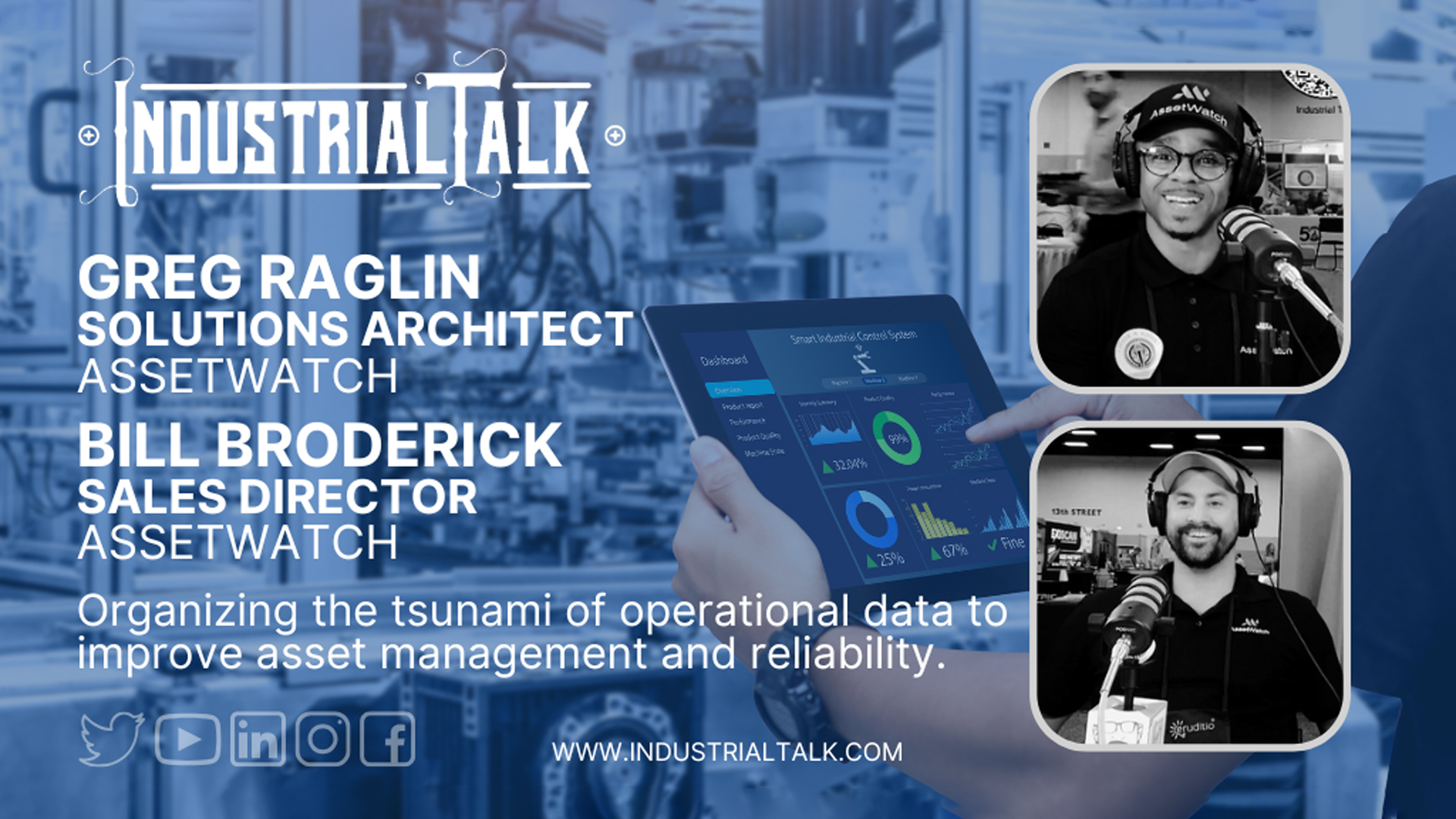Today, compliance isn’t just a checkbox to tick off. It demands constant attention and implementation. Environmental regulations are becoming stricter, safety standards are increasingly rigorous, and enforcement actions are becoming more aggressive.
Enforcing these regulations is, unfortunately, a response to safety concerns surrounding metal manufacturing. According to OSHA, data from the Bureau of Labor Statistics (BLS) indicates that fabricated metal industry workers experience more work-related injuries and illnesses than in all private industry.
Compounding this safety challenge is the reality of aging infrastructure, limited staffing, and remote or hazardous operating environments. Unexpected equipment failures threaten production, the line, and the environment. A single fine from OSHA or the EPA can reach hundreds of thousands of dollars, not to mention the reputational damage or lost time tied to investigations and shutdowns.
However, there's an opportunity within this challenge.
By transitioning from reactive to predictive maintenance, you can proactively manage risks rather than merely responding to them. Predictive maintenance leverages real-time data and intelligent alerts to identify equipment issues before they escalate into safety or compliance violations. While speeding up repairs benefits any operation, creating a smarter, safer, and more sustainable line protects not only machines but also the people around them.
Predictive maintenance: a proactive approach to compliance
Compliance isn't just about policies—it's about execution. Even minor equipment failures can have major consequences in metals manufacturing. Staying compliant requires more than just scheduled check-ins or visual inspections. This is where predictive maintenance (PdM) shifts the conversation from reaction to readiness.
Predictive maintenance relies on connected technologies like IoT sensors and condition monitoring to track equipment health in real time. Instead of waiting for a breakdown or adhering to fixed maintenance schedules, teams are alerted when assets show early signs of wear, temperature shifts, or vibration anomalies.
This real-time visibility creates a measurable impact on compliance. For example, overheating bearings or hydraulic system leaks might not trigger immediate alarms, but they often signal larger issues that could result in environmental spills or unsafe working conditions. Predictive maintenance enables your team to catch and address issues before they become violations.
Moreover, it transforms maintenance into a strategic asset for Environmental, Health, and Safety (EHS) teams. When maintenance teams know what's failing and when, safety officers and compliance managers can make more informed decisions. Fewer surprises mean fewer incidents. And fewer incidents mean fewer fines, injuries, and regulatory flags.
By integrating compliance into the foundation of how maintenance is done—not just into documentation—predictive maintenance helps foster a safer, more accountable operation from the ground up.
Environmental compliance: reducing risk and waste with smarter maintenance
Environmental compliance is an ongoing challenge for metals manufacturers, and failing to meet standards can be costly. Between stricter emissions regulations, evolving hazardous waste rules, and increasing scrutiny from both regulators and the public, the pressure to reduce environmental impact is real and rising. But what's often overlooked is how maintenance practices directly influence environmental performance.
Poorly maintained equipment isn't just less efficient but also more likely to leak fluids, consume excess energy, or fail catastrophically—all of which can trigger environmental violations. A corroded pipe, a worn valve, or an overheating motor can quickly become an EPA-reportable incident if left unaddressed.
Predictive maintenance changes this dynamic. By continuously monitoring asset condition and performance, predictive maintenance helps teams detect early signs of failure that could lead to environmental harm. For instance:
- Sensors can detect vibration irregularities that may signal combustion inefficiencies and increased emissions
- Vibration monitoring can identify pump or fan degradation that could lead to coolant leaks or chemical spills
- Oil analysis can catch contamination issues before they reach discharge thresholds
This proactive approach minimizes the risk of accidental releases and ensures equipment operates within environmentally safe parameters. It also supports better reporting and traceability, providing EHS leaders the data they need to show regulators a clear history of due diligence and preventive action.
Predictive maintenance won't just help your metals plant stay compliant—it will help your plant stay ahead. Reducing the likelihood of environmental failures allows operations to remain productive, responsible, and regulation ready.
Overcoming implementation challenges in your metals plant
Implementing predictive maintenance may provide significant value, but adoption isn't without its hurdles. Transitioning from traditional preventive maintenance to a data-driven strategy can feel daunting for many teams. High upfront costs, skepticism from seasoned technicians, and uncertainty around new technology can be significant barriers.
However, these challenges can be overcome and are more manageable than you think.
Eliminate cost concerns with early ROI
Implementing predictive maintenance can involve initial investments in sensors, software, and training. There are also full-service, subscription-based solutions that include hardware, software, installation, and ongoing support for a low monthly rate. Whatever your initial or ongoing investment, it's helpful to reframe these costs as a method to avoid much greater expenses like unexpected downtime, regulatory fines, or catastrophic equipment failure.
Many facilities that adopt predictive maintenance begin to see a return on investment (ROI) in a matter of months. Even having one asset on a predictive maintenance schedule can save hundreds of thousands in lost production and emergency repairs.
Soften cultural resistance with greater efficiency and productivity
Maintenance veterans may question the need for change, especially if current systems seem to work "well enough." But predictive maintenance isn't about replacing your team's expertise. It's about empowering your team to drive continuous improvement.
When your technicians have evidence that a predictive system allows them to devote more time to high-impact work and reduces their time management burden, adoption will become easier.
Implement in phases to build momentum
A phased rollout can also ease the transition. Instead of attempting to sensor and monitor every asset simultaneously, start with equipment most prone to failure or most critical to production or compliance. This approach generates quick wins and serves as a live case study for how the system operates. Pairing this with hands-on training programs and ongoing support will ensure your team feels confident using the tools and interpreting data.
The shift to predictive maintenance is not just a technological change — it's an operational one. When implemented thoughtfully, it can transform your maintenance culture from reactive to resilient.
Predictive maintenance transforms compliance burdens into competitive advantages
For metals manufacturers, staying compliant is no small feat. With stricter regulations, aging infrastructure, and leaner teams, many operations are stretched thin, attempting to keep pace with safety and environmental requirements. But compliance doesn't have to be a reactive scramble.
Predictive maintenance can offer a promising path forward—not only as a technical upgrade, but also as a strategic advantage. By identifying issues early and reducing downtime, predictive maintenance will give your team better tools to manage risk.
PdM can help prevent fines, reduce workplace hazards, and promote more sustainable operations. Most importantly, it will enable your team to shift from reactive problem-solving to proactive foresight, allowing them to focus on more macro issues.
While compliance is nonnegotiable, how you embed it into your operations sets a precedent for how your plant competes with the competition and itself. With predictive maintenance, you're not just checking boxes. You're investing in a smarter, safer, and more resilient future for your plant.
See how it works in your metals plant
Want to see what proactive maintenance looks like for your operation? Book a free assessment with AssetWatch, and take your first step toward reducing downtime and maximizing asset life.



.avif)
.avif)













